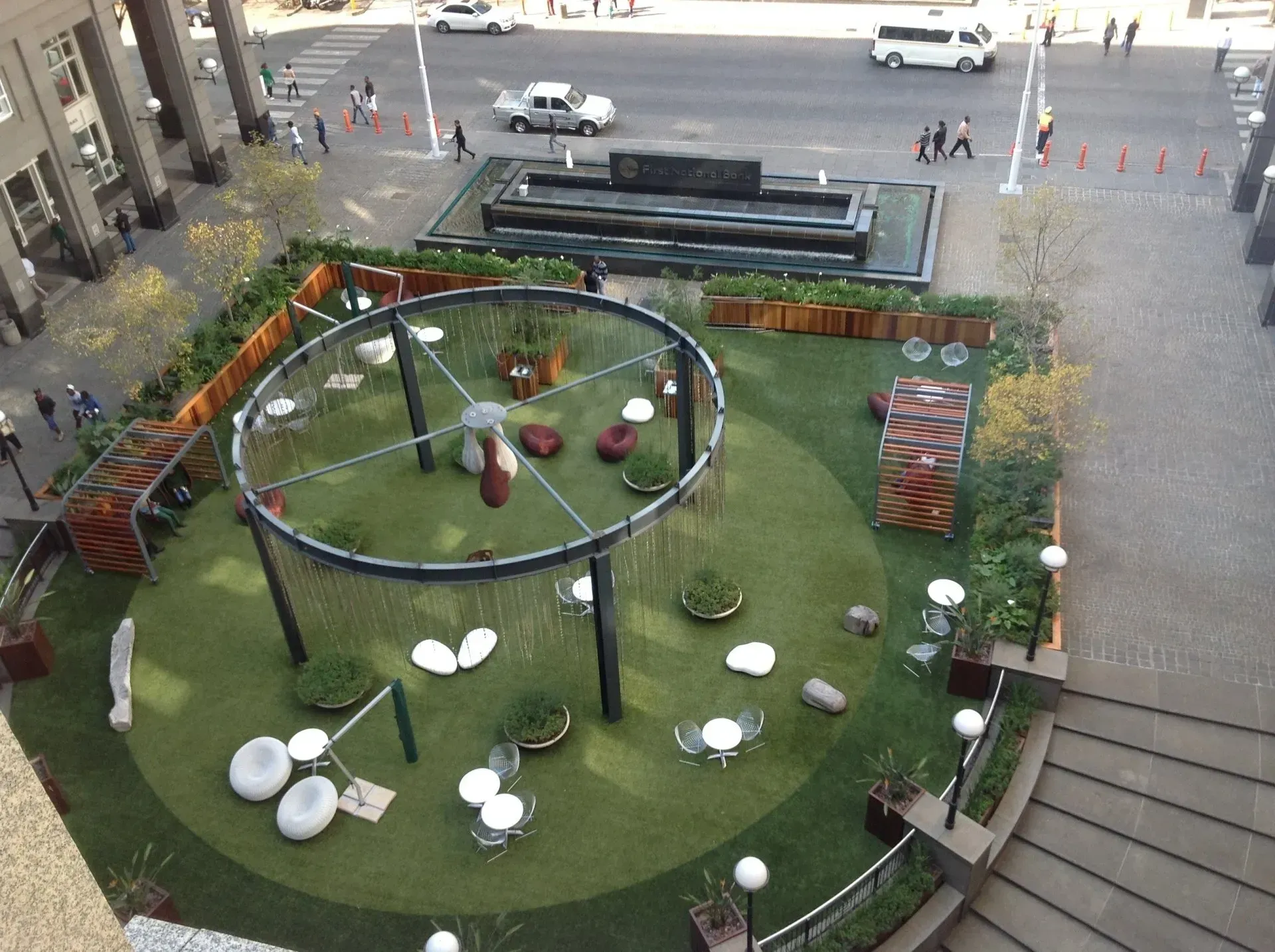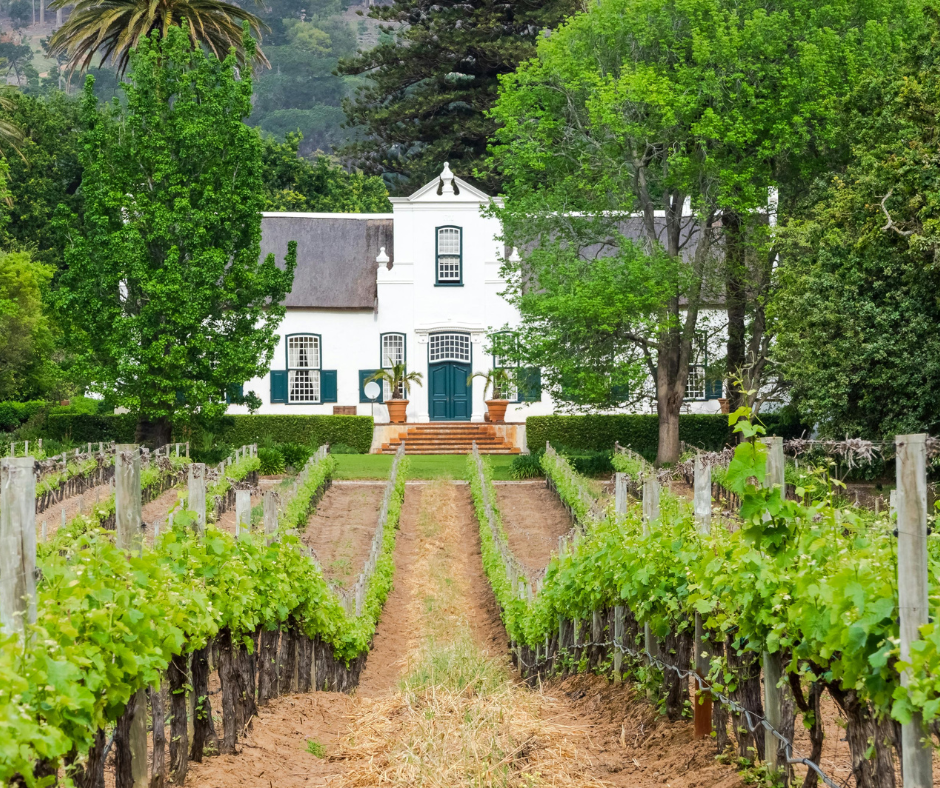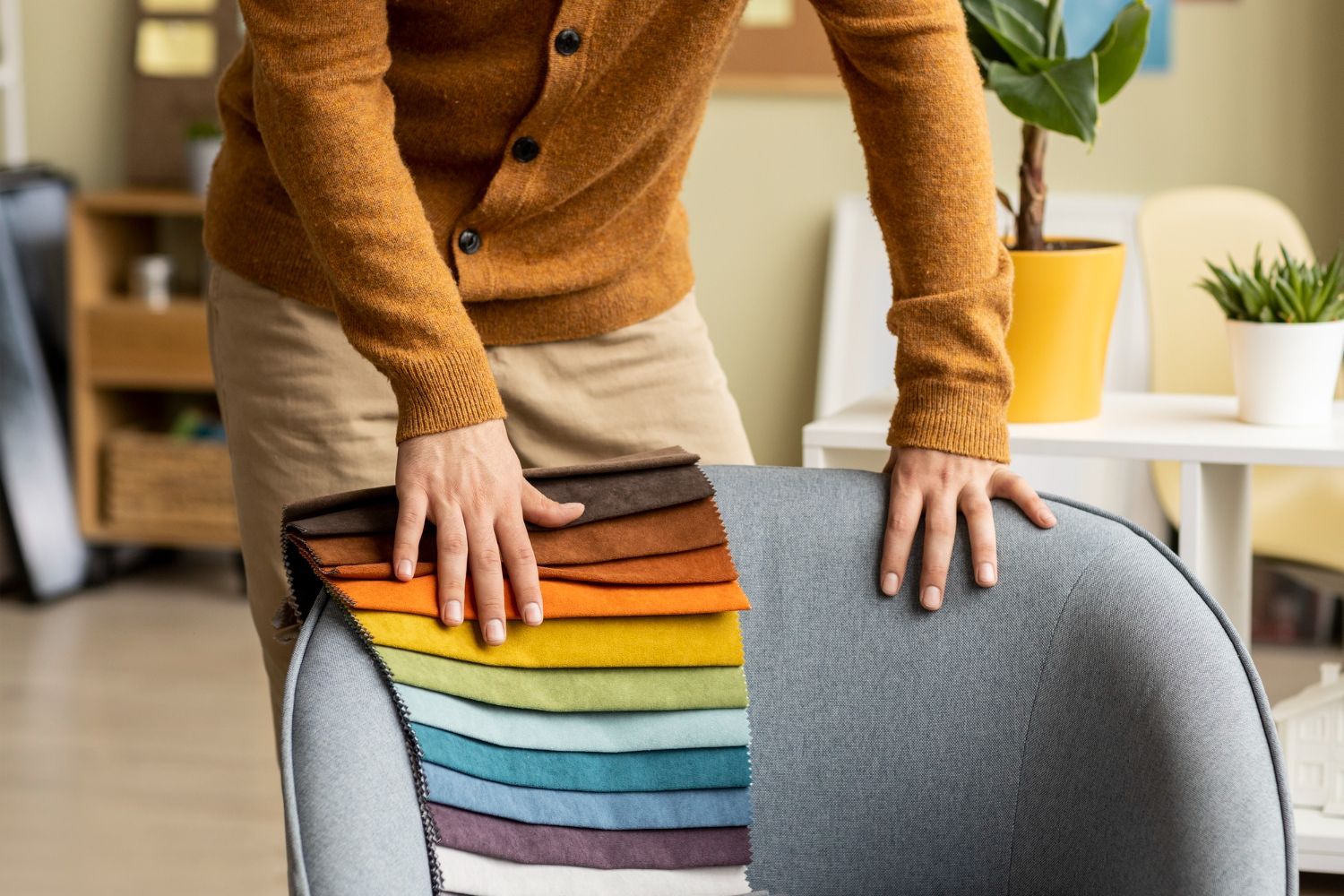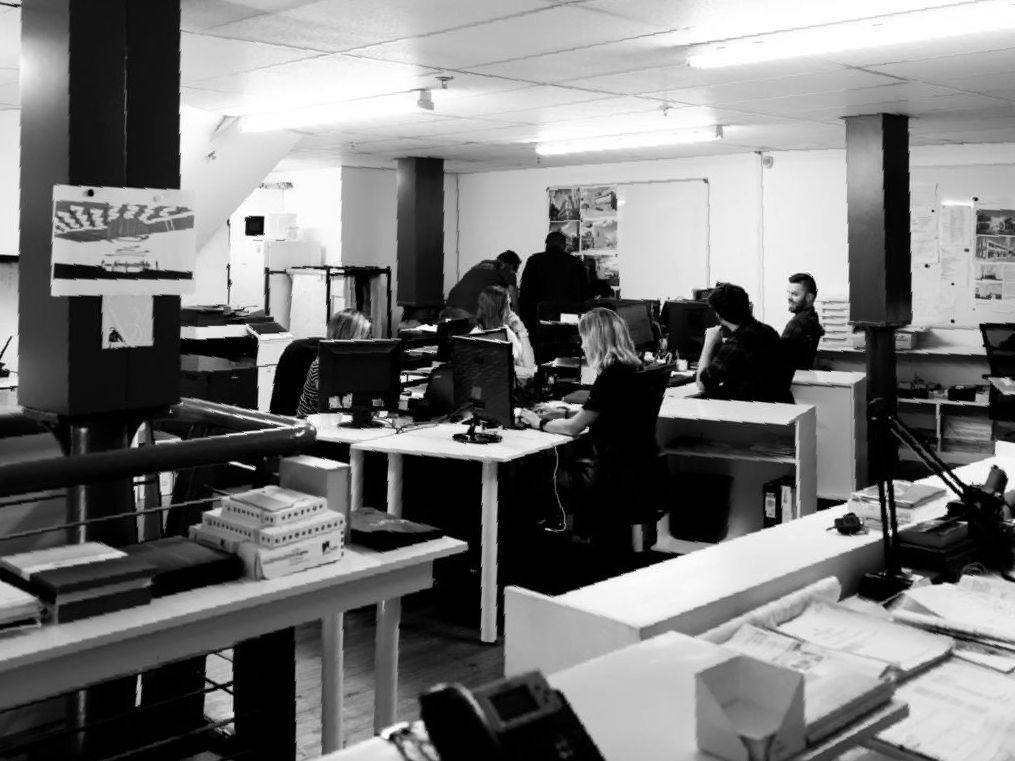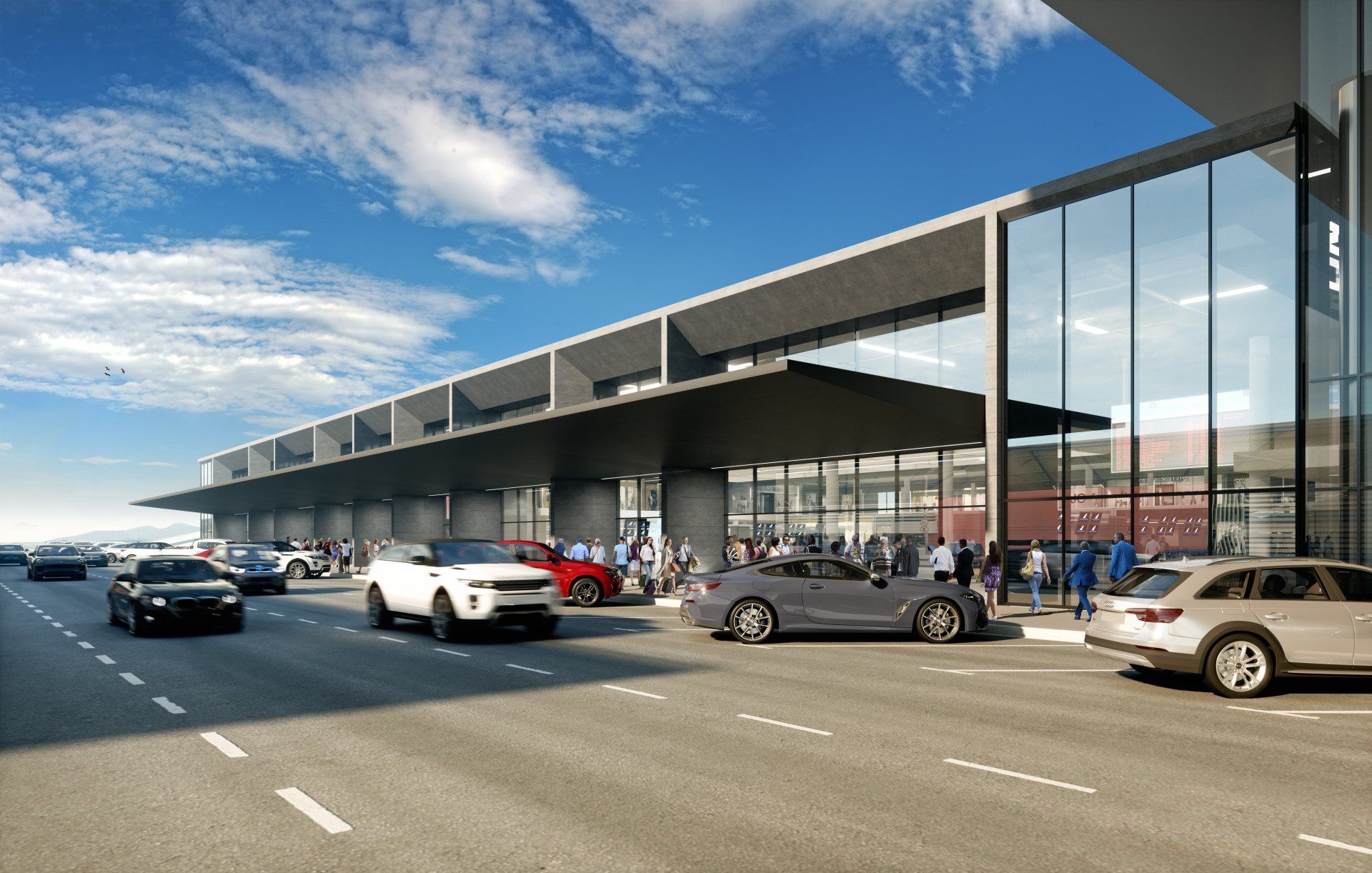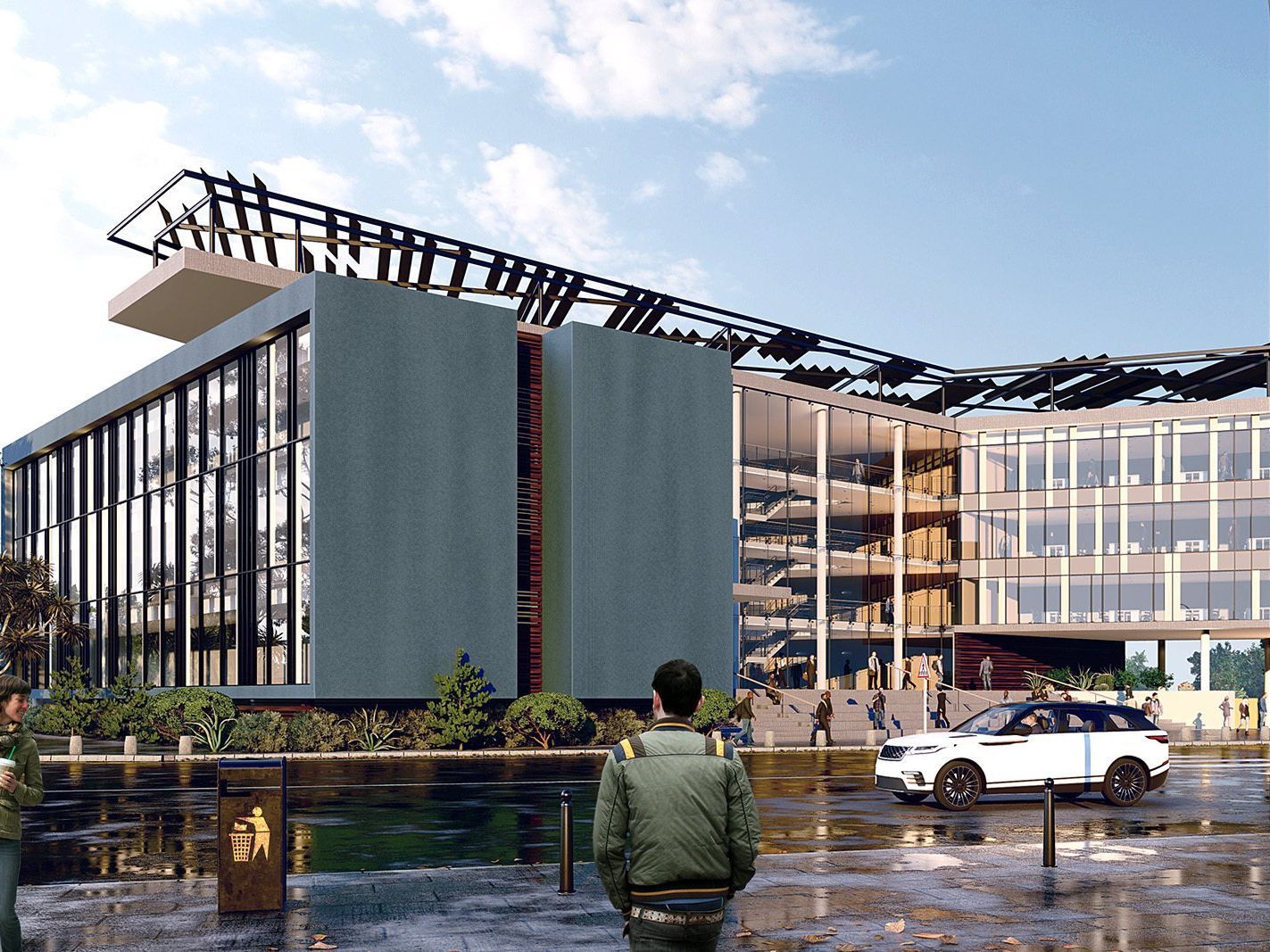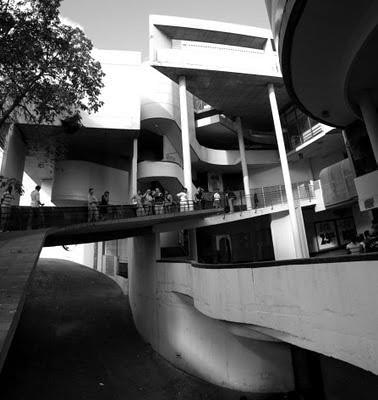‘Materiality’ is an essential design informant in the world of modern architecture. It directly influences every aspect of architectural design , and is important in every architectural project.
Since the start of the 20th Century, architects have selected materials for their inherent qualities and how these impact design. These qualities can be purely function — such as material strength, weight, and acoustic properties. Or can relate to the material’s natural aesthetic — such as its colour and texture. Today, architects place great emphasis on the story of materials. The choice and juxtaposition of materials can tell you all you need to know about a building’s design. For example, locally sourced materials can tie a building to its surroundings and blend it seamlessly into its environment, and the contrast of concrete and timber can subconsciously make a space warmer (or colder).
When a building’s materials are inherent in its design, rather than an afterthought, it makes all the difference to the result. The materials that every client should be acquainted with include concrete, timber, steel, glass, and masonry.
1. Concrete in Modern Architecture
Le Corbusier – Tower of Shadows, 1952
Concrete is the most prominent building material used around the world. It is a mixture of cement, sand, aggregate, and water which crystallises into the architectural wonder-material. It has an incredibly high compressive strength (making it ideal for any foundation), it is inexpensive, it is waterproof, and it is a highly desirable aesthetic in Architecture today. Its only significant downfall is its tensile strength, but this is easily rectified by the casting of steel ‘rebar’ into the material to form ‘reinforced concrete’.
In the design of a building, concrete can be used for everything from the aesthetic complexities of residential projects, to the great structural challenges of skyscraper design. Concrete can be made in a variety of colours and textures — making it a valuable material to consider when designing any building. It can be dark and polished for a more ornate aesthetic, or lighter with a board-formed texture to serve as a feature wall in a household. It is available in a variety of forms, grades and compositions. These affect the weight and strength of the result. Concrete is malleable and can solve just about any structural problem that may present itself during the design process.
2. Steel as More Than a Frame
Richard Rogers – NE0 Bankside, 2006 -2012
Steel has highly desirable structural properties. It has an unprecedented tensile strength and performs considerably well under compression as well. Concrete and steel together reinforce the structure of a building. This makes steel an optimal material for the construction of more significant buildings, and drastically improving the steel’s fire resistance in the process. Steel has exceptional aesthetic properties — its materiality is uniquely distinct, making it an ideal choice for any design that needs to represent simplicity, sophistication, and affluence.
Architects have been using steel for its aesthetic value since the modern movement. Today, steel adds more than structural integrity. Steel has since represented strength, elegance, and human innovation — leading Frank Gehry to design his most notable project, The Guggenheim Bilbao Museum, clad in reflective steel panels that spoke of the industrial era.
3. Glass Building Design
Mies van der Rohe – Farnsworth House, 1945 – 1951
Glass is a unique material, as it has no structural value whatsoever, yet it serves as one the most important design devices in architecture. Apart from its elegant aesthetic, glass accomplishes more imperative functions in architecture — such as the drawing of light into a building, the creation of views to the outside world, the breaking of the enclosure, and the suggestion of space. Using glass can achieve a great variety of attractive aesthetics. However, glass best suits designs that require a lot of light considerably well. Glass panels can form series of walls that result in overall polished geometric forms. For residential projects, glass can be used to create views and admit light in a way that is aesthetically advantageous. It is ideal for contemporary-styled residential projects that require a clean, minimal appearance.
4. Masonry, Brick and Modern Architecture
Louis Khan – National Assembly Building, 1982
Masonry-construction is the most common method of construction in architecture. Bricks are extremely effective as a building material. Masonry buildings use modulating. This allows for ease of construction as it is inexpensive and can take the form of a variety of patterns. However, the term “masonry” does not only refer to brickwork. Instead, it encompasses several building methods that involve stacking form a wall or other architectural component. Another one of these methods is stonemasonry — which creates one of the most sought-after design aesthetics used in architecture today. The juxtaposition of masonry’s texture with the texture of another material allows architects to create narratives. These narratives can be about anything from the building’s construction, to the history of the architecture in the surrounding area. Masonry is one of the oldest methods of construction found in almost all vernacular architecture around the world – giving masonry-forward buildings a traditional and timeless feel .
5. And Finally, Timber
Robert Briccola –Weekend House in Vallemagia, 2009
Timber is one of the most aesthetically pleasing materials in Architecture. The lightweight material has been used in some of the most sophisticated architectural designs throughout history, most notably Japanese Architecture. This period prioritised the harmonious relationship between a building its natural environment.
Its strength-to-weight ratio makes it exceptionally versatile, along with its flexibility – which allows designs to accommodate for deflection and bending. Timber is traditionally a structural material for beams, columns and flooring. This is because of its lightness, insulation from heat, acoustic absorbance, oxidation resistance, and environmental compatibility. However, its aesthetic value gives timber its greatest quality. Timber-to-timber connections like the dovetail joint between a wooden beam and column, represent the simple beauty of modern architecture. These wooden components can also adopt a variety of colours and textures, depending on the final treatment of the timber.
Want to work alongside some of South Africa’s most innovative architects and designers? Get in touch with Design Scape Architects today!
For more information about our innovative architectural services and on how we can assist you, get in touch with our team of professional architects and designers in Durban and Cape Town.

Cape Town
109 Waterkant Street
De Waterkant Cape Town
South Africa, 8001
Durban
Rydall Vale Office Park
Rydall Vale Crescent
Block 3 Suite 3
Umhlanga, 4019
Website design by Archmark


